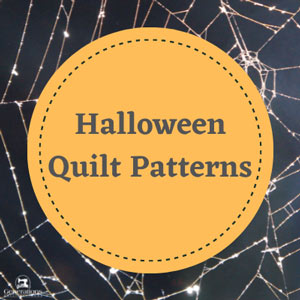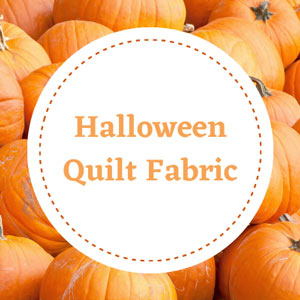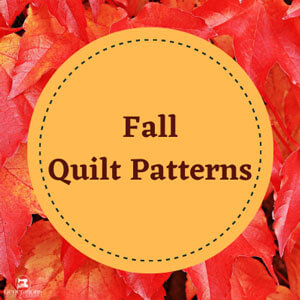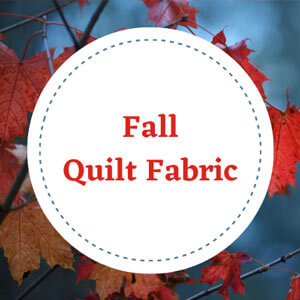This post contains affiliate links for which I receive compensation
What else can I use my walking foot for besides ditch quilting?
I have only been quilting for a short while and I only know how to "stitch in the ditch". What other types of stitching can I do on a machine to finish off my quilt please?
Thanks.
Karen
Reply
The easiest way to get "out of the ditch" is to use some form of grid quilting.Grid quilting was used extensively on antique quilts. It is easy to mark and with some slight alterations can be adapted to today's contemporary or art quilts, too.
Grids can be stitched on either straight across and up and down on your quilt top or on the diagonal. I, personally prefer the diagonal, as I think stitching on the bias grain looks better.
It's easy to mark. Many times, by using your quilt blocks as a guide, you'll be able to avoid marking your quilt top altogether. All the grid quilting on both "The Birthday Quilt" and "My Oh My Gosh Quilt" was stitched without marking. I used the corners of the nine patch blocks as a guide, stitching from one corner to the next until a row was finished.
If you need to mark the grid, it's possible to mark just the first line with your favorite marking method, and then use a channel guide attachment for your sewing machine to stitch the remaining lines. The guide follows along the previous line on stitching to create parallel lines.
You can easily modify straight line grid quilting by either adding curving lines and/or changing to a different stitch.
Jane Sassaman is an artist using fabric and quilting as her medium. Her quilts literally explode with joy.
While the quilts in her picture gallery do not focus on her quilting stitches, if you look at "Pushing up Daisies" or "Garden of Shadows" (found in "Quilts Gallery") you can see that she has used a zigzag, a serpentine or a blind hem stitch instead of a straight stitch to quilt in roughly parallel curved lines.
These lines add a layer of design to her quilts, a sort of gift to the viewer for taking a step closer, and yet don't distract from the graphic design of the quilt. This type of quilting would be equally effective on a more traditional quilt, and give it a twist at the same time.
This is simple, but very effective quilting...
...And all done with a walking foot.
Experiment with the stitch length and width to determine what's best for YOUR quilt.
The key is to take your time. Do not run your sewing machine like a race car, with quick turns and starts and stops. Your stitch tension behaves better and looks nicer at a nice even stitching speed.
Personally, I'd set my machine to a bit slower speed. You want the stitches your machine takes out to the sides to be neat and not pull in.
To change the look even more, change threads. Use something that contrasts with your quilt top.
With all machine quilting, I strongly recommend making a practice quilt sandwich from leftovers to check your stitch and thread choices, as well as your tension settings. An extra 5 minutes of this testing can make your whole quilting time hassle free.
Any questions? Please do ask. I'm happy to help.
Readers! Suggestions? We'd love to hear from you!
Happy Quilting!
Julie Baird
Editor
Comments for What else can I use my walking foot for besides ditch quilting?
|
||
|
||
|
||













